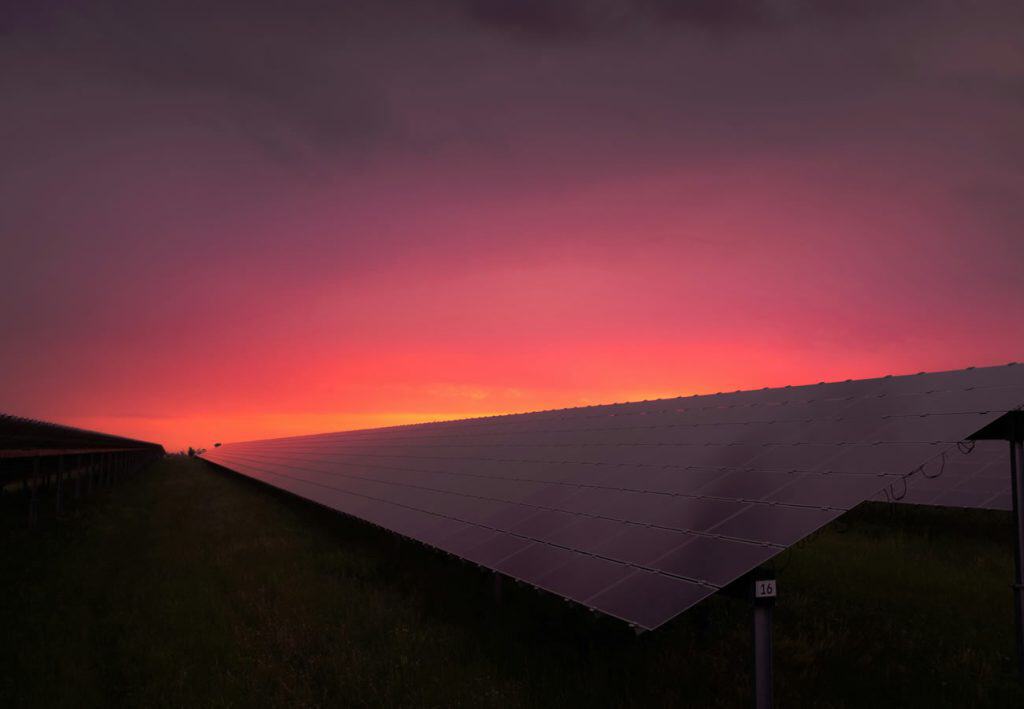Sustainability and eco-conscious living are increasingly influencing homebuyers’ decisions, especially in a state as vast and environmentally diverse as Texas. From the rolling hills of the Hill Country to the bustling streets of its major cities, Texas offers a unique backdrop for integrating green home concepts. These sustainable practices not only contribute to a healthier planet but also offer homeowners long-term savings and improved quality of life. This article explores the top sustainable green home concepts thriving in the Lone Star State, complete with examples that underscore the innovative approach Texans are taking towards eco-friendly living.
1. Energy Efficiency
Energy efficiency stands at the forefront of sustainable home concepts, with Texas homeowners adopting a variety of strategies to reduce energy consumption and lower utility bills.
- Solar Panels: Texas, being one of the sunniest states, has seen a significant rise in solar panel installations. In cities like Austin and San Antonio, solar energy incentives and rebate programs make it financially viable for homeowners to harness the sun’s power. For example, the “Bring Solar Home” campaign by Solar San Antonio has facilitated solar adoption through education and assistance.
- High-Performance Insulation: Homes in Texas are increasingly using advanced insulation materials and techniques, such as spray foam insulation, to maintain comfortable indoor temperatures despite the state’s extreme weather. This not only reduces the need for heating and cooling but also significantly lowers energy costs.
2. Water Conservation
In a state that experiences both floods and droughts, water conservation is a critical component of sustainable living. Texas homeowners are adopting innovative water-saving practices and technologies.
- Rainwater Harvesting Systems: Many homes, particularly in rural and suburban areas, are equipped with rainwater harvesting systems. These systems collect rainwater for landscaping, flushing toilets, and, with proper treatment, even drinking. An example is the Lady Bird Johnson Wildflower Center in Austin, which uses harvested rainwater for irrigation, showcasing the potential of this technology.
- Drought-Resistant Landscaping: Xeriscaping, or drought-resistant landscaping, has become popular across Texas. By choosing native plants that require minimal water, homeowners can maintain beautiful gardens without excessive watering. The City of El Paso’s Water Conservation Ordinance encourages xeriscaping by offering incentives for water-efficient landscaping.
3. Sustainable Building Materials
The use of sustainable and locally sourced building materials reduces the environmental impact of construction and supports the local economy.
- Recycled and Renewable Materials: Texas homes are increasingly built with materials such as recycled steel, bamboo flooring, and cork. These materials are not only sustainable but also durable and aesthetically pleasing. An example is the Container Guest House in San Antonio, designed by Poteet Architects, which is constructed from a recycled shipping container.
- Locally Sourced Stone and Wood: Utilizing Texas’s natural resources, many homes incorporate locally sourced materials like limestone and cedar. These materials blend seamlessly with the natural landscape, reducing transportation emissions and supporting local businesses.
4. Green Roofs and Living Walls
Green roofs and living walls not only enhance a home’s aesthetic appeal but also provide insulation, reduce heat absorption, and support biodiversity.
- Green Roofs: These are becoming more common in urban Texas homes and buildings, absorbing rainwater, providing insulation, and creating habitats for wildlife. The University of Texas at Austin features several buildings with green roofs, serving as a model for sustainable urban development.
- Living Walls: Also known as vertical gardens, living walls are an excellent solution for urban homes with limited space. They improve air quality and reduce heat. The Pearl Brewery redevelopment in San Antonio incorporates living walls, showcasing their utility in commercial and residential spaces alike.
5. Smart Home Technology
Smart home technology allows homeowners to monitor and control their home’s energy consumption, water use, and even air quality, leading to a more sustainable lifestyle.
- Programmable Thermostats: Devices like the Nest thermostat learn a homeowner’s schedule and adjust heating and cooling for optimal energy use. Many Texas homeowners have adopted this technology to combat the state’s extreme temperatures efficiently.
- Water Leak Detection Systems: Smart water sensors can detect leaks early, preventing water waste and property damage. This is particularly useful in Texas, where shifting soil can sometimes lead to plumbing issues.
6. Community Initiatives and Eco-Friendly Developments
Sustainable living extends beyond individual homes to encompass community-wide initiatives and eco-friendly housing developments.
- Mueller Community in Austin: This master-planned community is a prime example of sustainable urban development. It features solar-powered homes, electric vehicle charging stations, and extensive green spaces, setting a standard for eco-friendly living in Texas.
- Geothermal Heating and Cooling: Some Texas communities, like Whisper Valley in East Austin, utilize geothermal systems for heating and cooling. This renewable energy source significantly reduces the community’s carbon footprint and energy costs.
Conclusion
Texas is at the forefront of integrating sustainable, green home concepts, driven by innovation, environmental awareness, and economic practicality. From energy-efficient designs and water conservation measures to the use of sustainable materials and smart technology, Texans are embracing eco-friendly living in diverse and creative ways. These initiatives not only contribute to a healthier environment but also offer residents a more sustainable, cost-effective, and enriching way of life. As technology advances and societal priorities evolve, Texas will undoubtedly continue to lead the way in sustainable home design and community development, inspiring a greener future for all.
